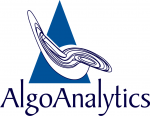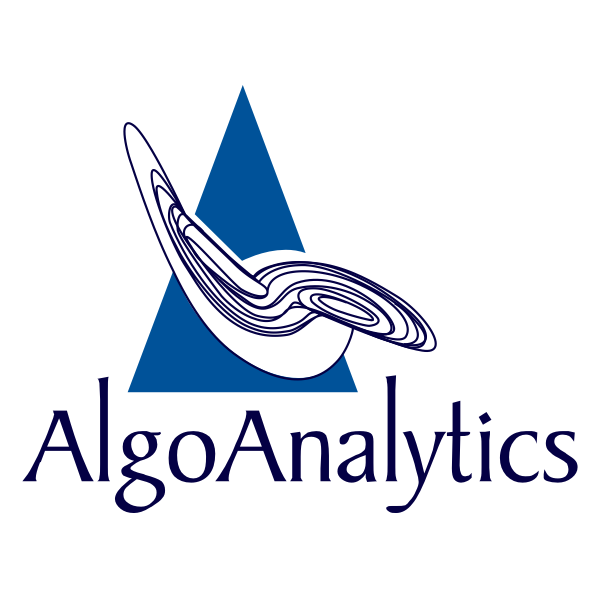By Saurabh Yadav
Objective:
The goal here is to build a sophisticated AI capable of fetching stock prices and generating comprehensive reports about American & Indian companies. This system will leverage Agent-to-Agent (A2A) for seamless coordination among different AI agents and Model Context Protocol (MCP) for efficient information retrieval from external sources/tools.
Pipeline Structure:
This use case can evolve in stages, showcasing the increasing complexity and utility that A2A and MCP enable:
1. Simple MCP Servers (Initial Phase):
The initial phase might focus on establishing the foundational MCP servers to handle basic information retrieval tasks.
- Creation and testing of basic MCP servers: These are designed for straightforward operations, providing the AI application with access to specific external functionalities.
- Example use cases:
- A crawler agent: Able to search on Google and read web pages to gather general company information. This MCP server would expose web crawling capabilities to an AI.
- A stock retriever: An MCP server designed to get the current price of a stock at a particular time, historical data, and other helpful financial information from a designated financial data source.
In this initial setup, a single AI application (or a human user interacting with it) might directly call upon these MCP servers to get the necessary data.
2. Multi-Agent Crew with A2A and MCP (Advanced Phase):
The true power of A2A + MCP emerges when we introduce a multi-agent architecture. Here, A2A facilitates the complex choreography between specialized agents, each of whom can still leverage MCP for their specific data needs.
- Expansion to multiple AI agents: Instead of one monolithic AI, we now have several distinct AI agents, each with a defined role.
- Implementation of Agent-to-Agent (A2A): This is crucial. A2A enables these specialized agents to coordinate and communicate with each other, delegating tasks and exchanging results seamlessly.
- Each agent retains MCP access: Critically, each individual agent within this crew will still retain the ability to use MCP to access relevant external information for their specific tasks. This means the search agent uses MCP to hit Google, and the stock agent uses MCP to hit a financial API.
- Example use case breakdown:
- Agent 1 (Host agent): This is the orchestrator. It receives the overall request (e.g., “Generate a report on XYZ Corp.”) and then coordinates and delegates specific sub-tasks to other specialized agents.
- Agent 2 (The search agent): When delegated by the Host Agent, this agent uses its MCP capabilities to interact with external search engines (like Google Search_agent suggests), retrieving general company information, news articles, and other relevant web content.
- Agent 3 (Stock agent): This agent, upon receiving a request from the Host Agent, utilizes its MCP capabilities to access financial APIs and databases, providing real-time stock prices, historical data, and other financial metrics.
In this multi-agent setup, the Host Agent doesn’t need to know how to search the web or how to get stock data; it simply knows which agents can provide that information (via A2A’s discovery mechanisms) and then delegates the task. The specialized agents, in turn, use MCP to perform their specific external interactions.
Conceptual Architecture Diagram:

The diagram illustrates the relationships between the user, the host agent, specialized agents, and the external tools:
- User (Streamlit UI): The starting point, where a user inputs their query (e.g., “Report on Apple Inc.”). The Streamlit UI serves as the front-end interface.
- Agent A (Host Agent): This is the central orchestrator. It receives the user’s query and is responsible for breaking down the task and delegating it to other specialized agents. It communicates with other agents primarily via A2A.
- Agent B (Search Agent): A specialized agent focused on information retrieval from the web. It receives tasks from Agent A via A2A and then uses MCP to interact with the “Google Search Crawler Tool.”
- Agent C (Stock Agent): Another specialized agent, dedicated to financial data. It receives tasks from Agent A via A2A and then uses MCP to interact with the “Stock Data Agent Tool.”
- Google Search Crawler Tool: An external tool (or service) that the Search Agent accesses via MCP to perform web searches and gather news.
- Stock Data Agent Tool: An external tool (or service) that the Stock Agent accesses via MCP to retrieve stock prices and other financial data.
The blue lines in the diagram represent A2A communication, while the red lines represent MCP communication, clearly showing their distinct but interconnected roles.
Seeing it in Action: The Streamlit UI and Its Benefits
To bring our theoretical discussion of A2A and MCP to life, let’s look at a practical demonstration: the Streamlit UI for our Agentic Stock and News Reporting System. This user interface provides a tangible way to interact with the system and observe the seamless collaboration enabled by these protocols.
The Streamlit UI:

Figure shows the streamlit UI for user interaction
The screenshot provided showcases a clean and intuitive Streamlit application:
- “About” Section: Briefly describes the application’s purpose – using A2A and MCP to provide current stock prices and news – and includes an important disclaimer that it’s a demo for informational purposes only.
- Query Input: A simple text box where the user can “Ask a question about the stock market.” The example query, “Give me the stock details of AAPL, and the latest news of it,” perfectly demonstrates the system’s capabilities.
- “Get Answer” Button: Initiates the request to the backend AI agent system.
- “Generated Answer” Section: This is where the magic happens. The system processes the query and then presents a comprehensive answer, broken down into:
- Stock Details: Providing current price, percentage change, day high/low, open price, and previous close for Apple (AAPL).
- Latest News: Summarizing recent news about Apple from various financial websites, including key snippets and headlines.
Key Benefits Demonstrated:
The functioning of this Streamlit UI, powered by A2A and MCP, highlights several critical benefits of adopting these protocols:
- Flexibility: A significant advantage is that MCP enables agent communication using different protocols for different tools. This means the Stock Agent can interact with a specialized financial API, while the Search Agent interacts with a web crawler, each using the most appropriate underlying communication mechanism. This flexibility allows for integration with a vast array of existing and future external services without needing to rewrite core AI logic.
- Scalability: The modular nature of A2A and MCP makes the entire system easier to scale. You can add more agents (A2A) to handle new types of tasks (e.g., a “Sentiment Analysis Agent” or a “Company Profile Agent”), or add more tool servers (MCP) to access additional data sources or services (e.g., a “SEC Filings Tool” or a “Social Media Monitoring Tool”). This architectural extensibility is vital for building complex, future-proof AI solutions.
The Future is Collaborative and Contextual
The Agentic Stock and News Reporting System, built upon A2A and MCP, is more than just a demo; it’s a blueprint for the next generation of AI applications. It vividly illustrates how:
- A2A fosters intelligent collaboration and task delegation between specialized AI entities.
- MCP empowers these AIs to tap into the boundless information and functionalities of the external world.
Together, these protocols are not just buzzwords; they are foundational technologies enabling us to move from isolated AI tools to truly interoperable, dynamic, and powerful AI ecosystems. As developers and businesses embrace these open standards, we are collectively paving the way for AI systems that are more flexible, scalable, and ultimately, more capable of solving real-world problems. The journey towards fully autonomous and highly collaborative AI is well underway, with A2A and MCP at its forefront.

